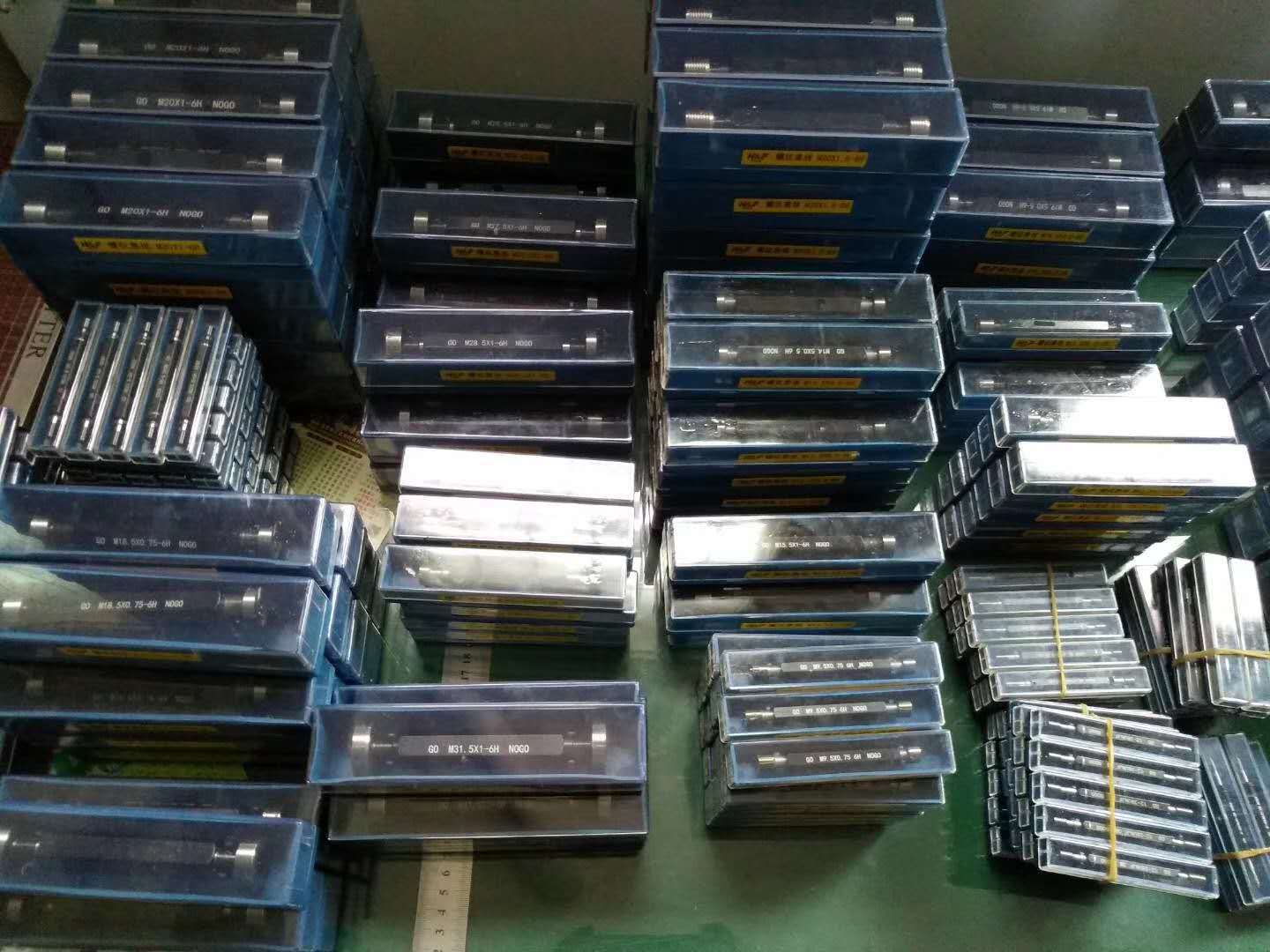Sep . 23, 2024 14:24 Back to list
Different Types of Micrometers and Their Applications in Precision Measurement
The Types of Micrometers A Comprehensive Overview
Micrometers are essential tools in the world of precision measurement, predominantly used in mechanical engineering, manufacturing, and scientific research. They offer precise measurements down to a thousandth of a millimeter and are indispensable in applications that require high accuracy. This article explores the various types of micrometers, highlighting their features, applications, and the contexts in which they are most effectively utilized.
1. Outside Micrometers
The most common type of micrometer is the outside micrometer, primarily designed for measuring the external dimensions of objects. It consists of a calibrated screw and a C-shaped frame with a movable spindle. The device operates by placing the object between the fixed anvil and the movable spindle, which is then turned to make contact with the object’s surface. Outside micrometers are typically used in machining and mechanical workshops to measure the thickness of materials, such as metal sheets, or the diameter of cylindrical components. Common ranges include 0-25 mm, 25-50 mm, and so on, with resolutions often at 0.01 mm.
2. Inside Micrometers
Inside micrometers, as the name suggests, are used to measure the internal dimensions of objects, such as the diameter of a hole or the width of a groove. Unlike outside micrometers, they feature a different design that allows for the measurement of internal features. These tools often come with interchangeable rods to cater to different measurement ranges. Inside micrometers are vital in quality control processes and are commonly used in industries where precision is critical, such as aerospace and automotive engineering.
3
. Depth Micrometerstype of micrometre

Depth micrometers are designed specifically for measuring the depth of holes, slots, or recesses. They typically have a flat base and a shaft that extends downwards, allowing the user to gauge how deep a specific feature is. These micrometers can also be equipped with interchangeable rods to measure various depths accurately. Depth micrometers are especially useful in machining and manufacturing environments where understanding the depth of cuts or recesses is crucial for product specifications.
4. Digital Micrometers
With advances in technology, digital micrometers have gained popularity due to their ease of use and reading. These micrometers feature digital displays that instantly show the measurement values, eliminating the need for manual reading from scales. They often include additional features such as data logging, measurement comparison functions, and even Bluetooth connectivity for integration with computers and other devices. Digital micrometers are widely used in environments that require quick measurement and increased accuracy, making them a preferred choice in various industries.
5. Specialized Micrometers
In addition to the standard types mentioned above, there are specialized micrometers designed for specific applications. These include color micrometers, which have a unique design for measuring wire, and rotating micrometers, which are used in applications that require the measurement of small cylindrical parts. The versatility of micronene technology ensures there is a suitable tool for nearly every precision measurement task.
Conclusion
In conclusion, micrometers are indispensable tools in precision measurement across various industries. From the versatile outside micrometers to the specialized variants for specific applications, each type serves a distinct purpose. Understanding the differences between these types and their appropriate application can significantly enhance measurement accuracy and efficiency in mechanical and engineering processes. As technology continues to evolve, the capabilities and designs of micrometers will undoubtedly expand, further solidifying their role as a cornerstone in precision engineering.
-
Why Metric Trapezoidal Thread is Ideal for Precision Motion ControlNewsAug.05,2025
-
The Unique Properties of a Block of Granite for Industrial UseNewsAug.05,2025
-
The Role of Flanged Y Strainers in Preventing Pipeline ClogsNewsAug.05,2025
-
The Importance of Regular Calibration for Master Ring GagesNewsAug.05,2025
-
How a Cast Iron Surface Table Enhances Accuracy in ManufacturingNewsAug.05,2025
-
Comparing Different Check Valve Types for Optimal Flow ControlNewsAug.05,2025
Related PRODUCTS









